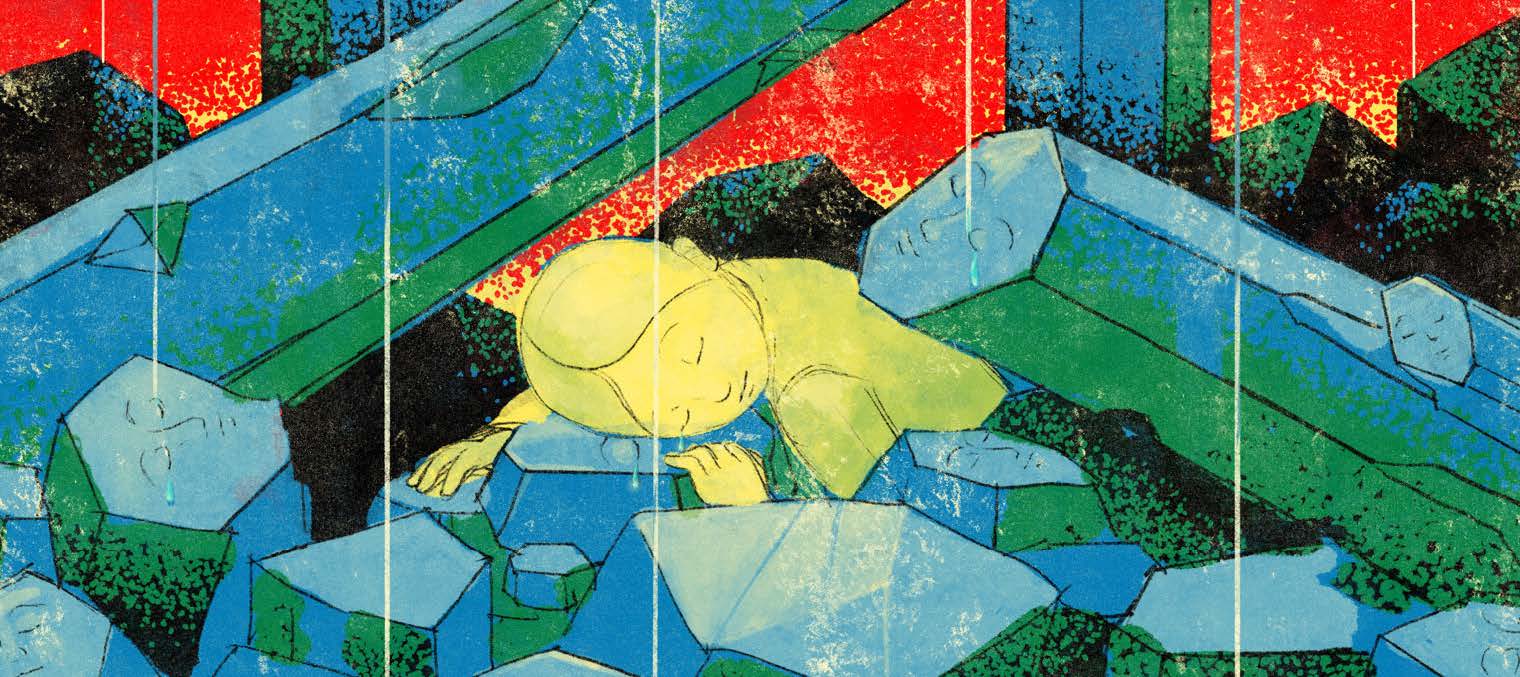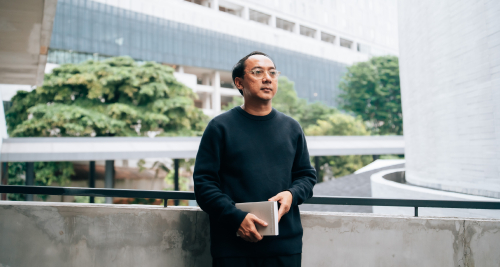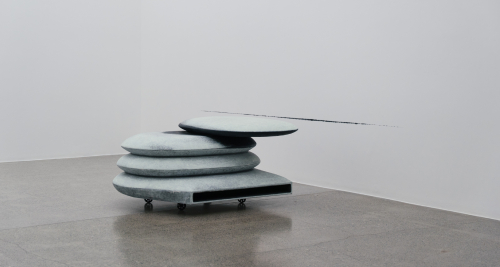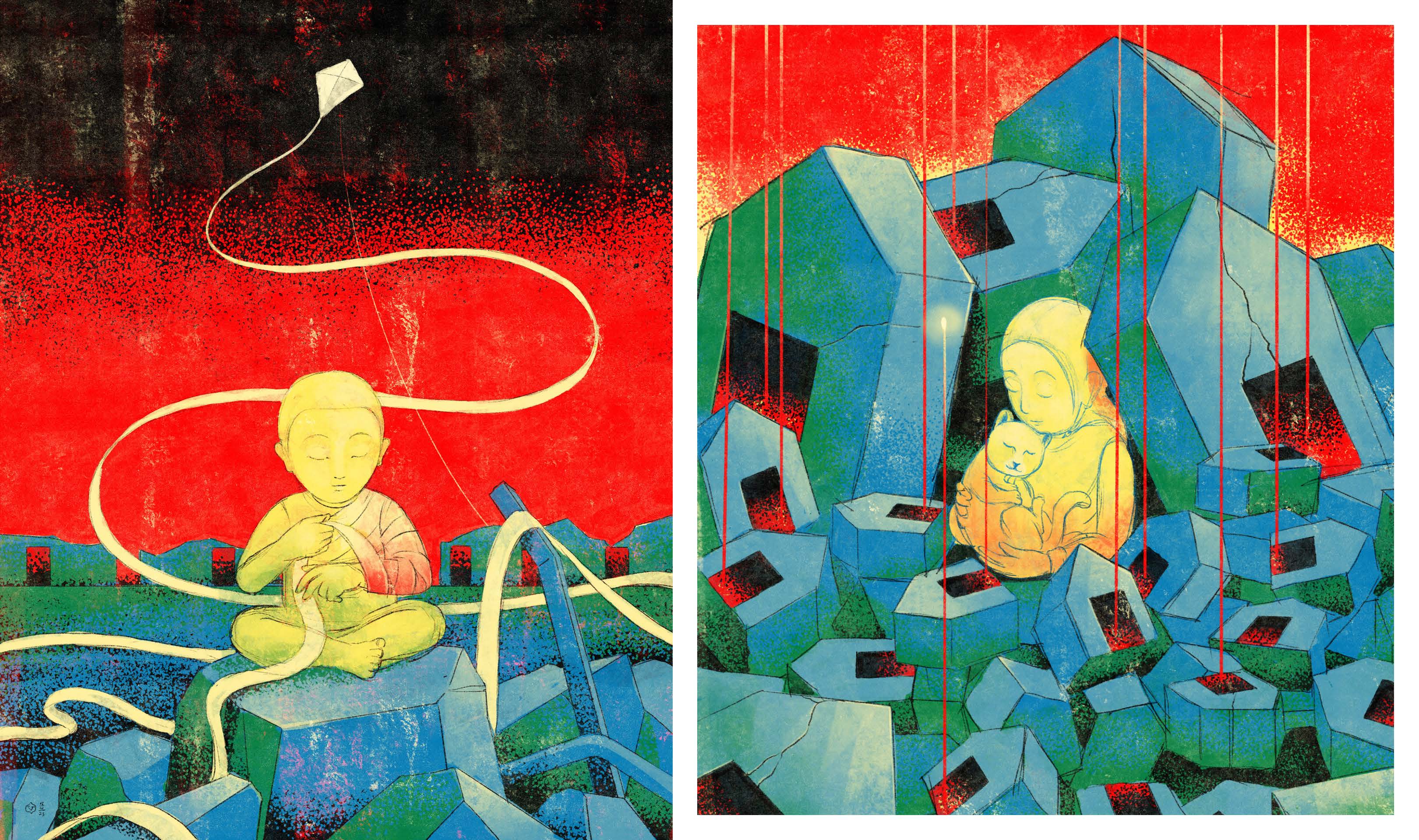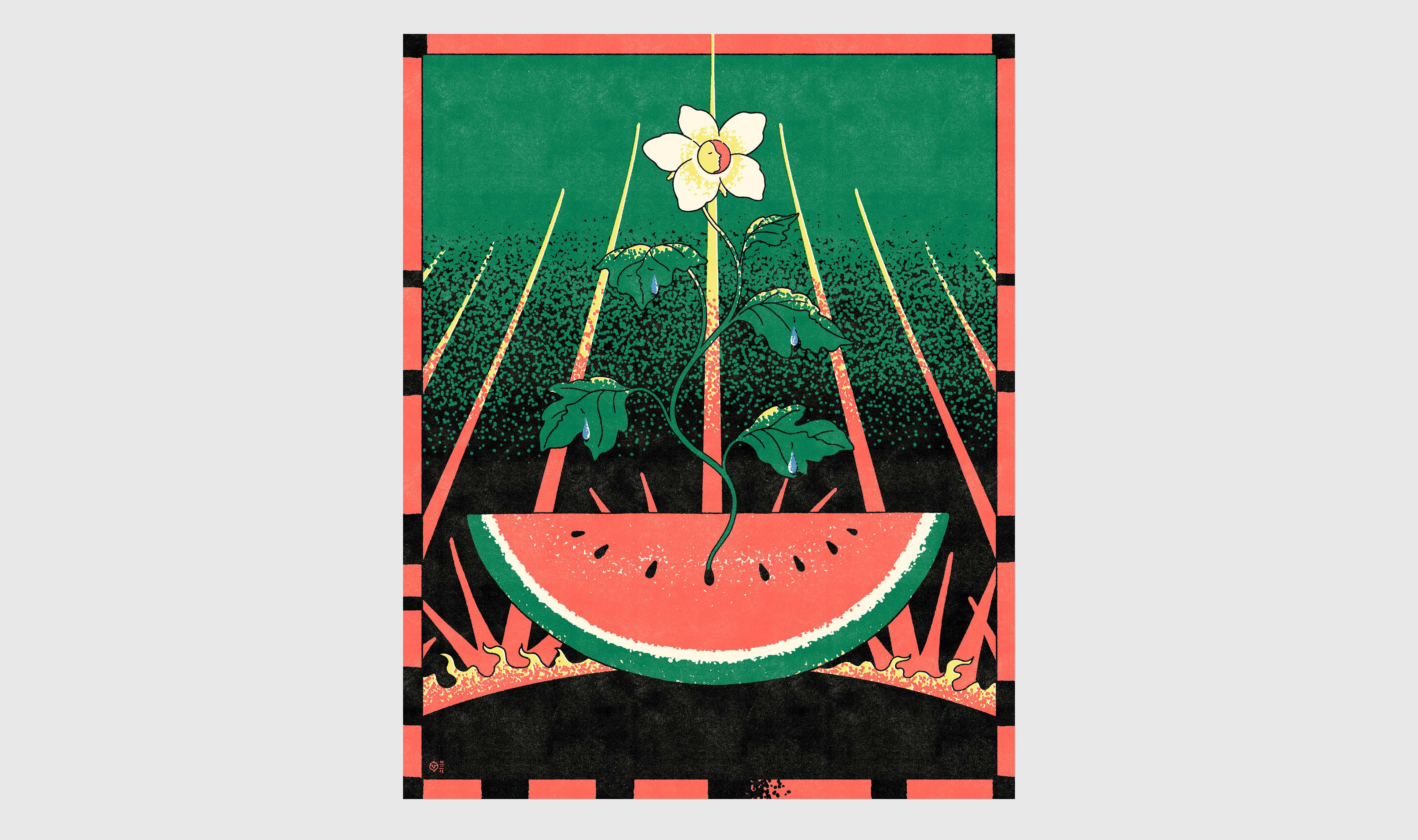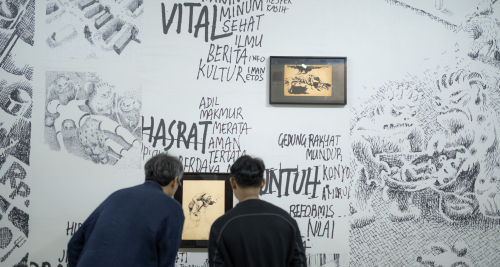Graphical Art as a Form of Resistance and Defiance Against Genocide in Palestine
For decades, posters and graphic visual art have served as revolutionary tools and symbols of the Palestinian people's resistance, advocating for freedom from occupation. Through these artistic expressions, Palestinians voice their rebellion and convey messages of resilience to their people, the global community, and world leaders. The vivid visual creations by Palestinian artists reflect the nation's identity, using colors such as red, green, white, or black, along with illustrations of cultural symbols like the Keffiyeh.
The history of graphic posters as a form of Palestinian resistance can be traced back to the impacts of colonization and occupation since 1948. The historical event known as Nakba forced many Palestinians to undertake arduous journeys, leaving their homeland behind. Collectively, Palestinians lived under the pressure and threat to their lives, prompting artists to rebel through their art. Artists like Ismail Shammout, who created the 1965 poster "All For The Resistance", and Burhan Karkoutly, with the 1978 visual work "The Palestinian Revolution Lives", used their art to articulate the Palestinian resistance and identity.
In 1964, the Palestine Liberation Organization (PLO) was formed, including an Arts Department that supported Palestinian artists in creating revolutionary works. Artists such as Gassan Kanafi, Mona Saudi, Muaid al-Rawi, Sliman Mansour, Rafic Charaf, and Mustafa al-Hallaj joined the rebellion, designing graphic visuals that expressed the Palestinians' desire for liberation. Symbols like doves, olive branches, horses, and barbed wire became prevalent metaphors for resistance and peace. Arabic letters in slogans or poems often took center stage in posters, channeling the spirit of struggle to fellow Palestinians. Since then, the use of posters as a form of resistance has multiplied, inspiring artists in other countries to join the chorus for Palestinian rights.
As we approach the end of 2023, the Palestinian people find themselves once again facing not just occupation but genocide. Seventy days after Israel attacked Gaza on October 7, the death toll in Palestine reached 19,000. Palestinians are living in misery and grief, losing family, homes, access to daily necessities, their homeland, and the fundamental human right to freedom. In this digital age, news of genocide rapidly spreads through social media, eliciting empathy from the global community, including artists in Indonesia who respond to the situation in Palestine through posters and graphic visuals. Many artists have also joined in donating proceeds from their artwork sales to support the Palestinian people.
One such local artist expressing solidarity with the Palestinian people through his work is M Fatchurofi, known as Roovie. Actively designing special posters and illustrative works, Roovie responds to the daily suffering of the Palestinian people. According to Roovie, his art is a response to what he feels or experiences within a specific period. Creating posters in response to the genocide in Palestine is Roovie's way of processing his emotions as he witnesses the events in Gaza through social media.
In his work, Roovie uses illustrations of watermelons as a symbol of the Palestinian people. Growing across Palestine, from Jenin to Gaza, these fruits share the same colors as the Palestinian flag: red, green, white, and black. Watermelons have long been a symbol of the Palestinian people, especially in countries where the government prohibits the display of the Palestinian flag.
Beyond depicting the identity of the Palestinian people through specific symbols, Roovie incorporates visual metaphors in his art, such as flowers growing from watermelon seeds, symbolizing the profound meaning of freedom, a right for all nations, including Palestine.
"I hope that amidst the brutal bombings for months, the Palestinian people can eventually be free from occupation and start anew, like seeds growing into a new life," says Roovie.
In mid-November, Roovie decided to donate the proceeds from his artwork to Palestinians affected by the genocide. Within ten days, from November 20 to 30, Roovie managed to raise IDR 14,344,145 to be donated through the official humanitarian aid account for Gaza opened by the Palestinian Embassy in Indonesia. Roovie's action exemplifies steps artists and creative individuals can take to channel their empathy toward Palestinians living amid the thunderous blasts of bombs and gunfire.
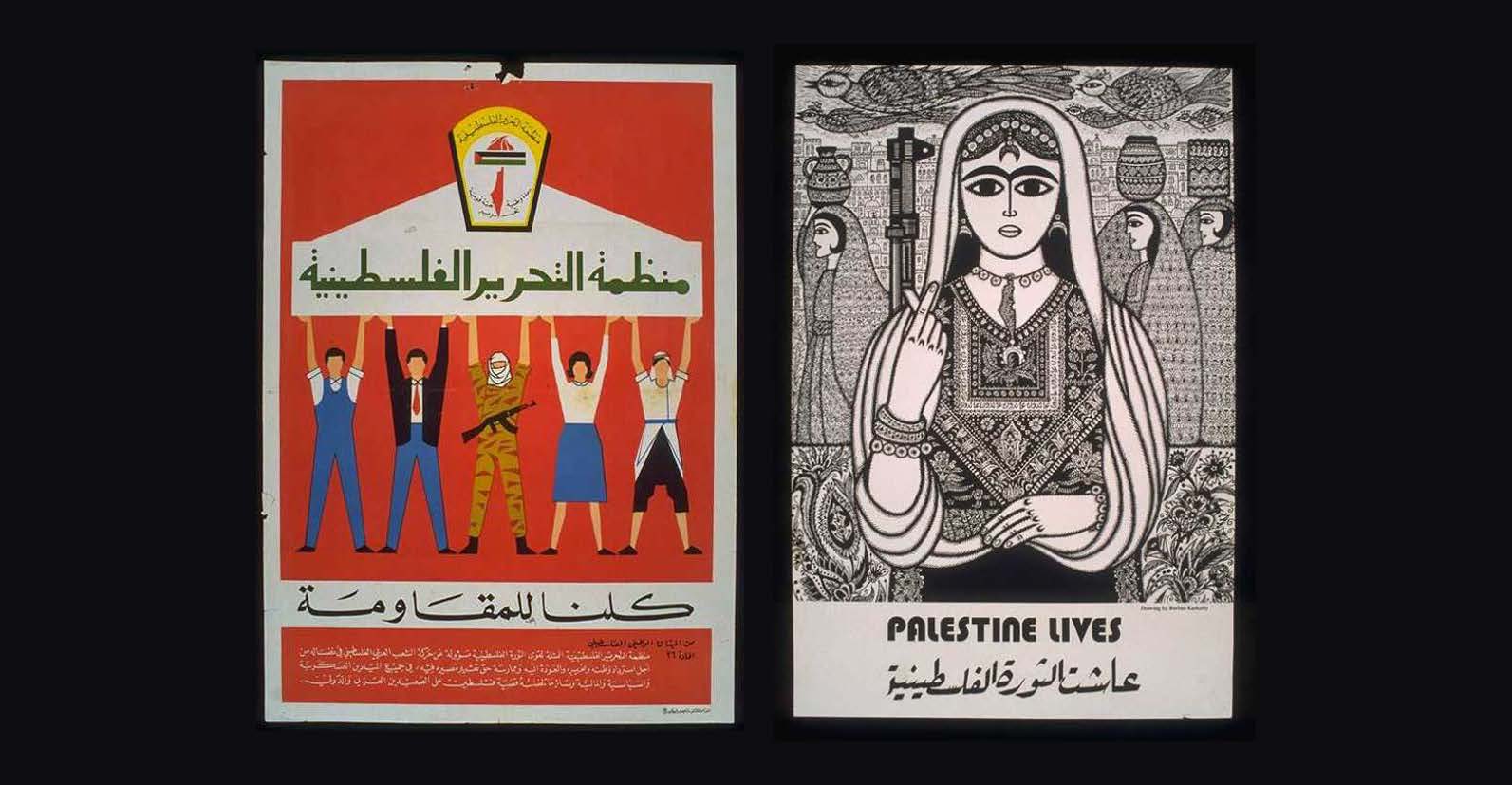
Roovie explains that this is his way as an artist. For him, everyone, regardless of their background, should speak out against the genocide in Palestine according to their capacity because silence is a form of complicity in colonization and oppression.
"Especially artists who have a broader audience than the average person. Artists also have the skills to channel aspirations into more touching and universally accepted mediums or expressions," emphasizes Roovie.
In Roovie's view, art itself has the power to mark, remember, and continually present the struggle for humanity in everyday spaces and dialogues. This can be realized as long as people continue to create works of art and align with humanity. Given the shared history of colonization and oppression, it is only fitting for the people of Indonesia to show solidarity with the people of Palestine in their ways. Since the October 7, 2023 attack, various movements by local artists and musicians have been vigorously carried out to materialize humanitarian aid for the Palestinian people.
"I see friends like The Popo conducting mural auctions for Palestine, and I see that inspiring many people to do similar things, as well as humanitarian concerts organized by M Bloc," shares Roovie.
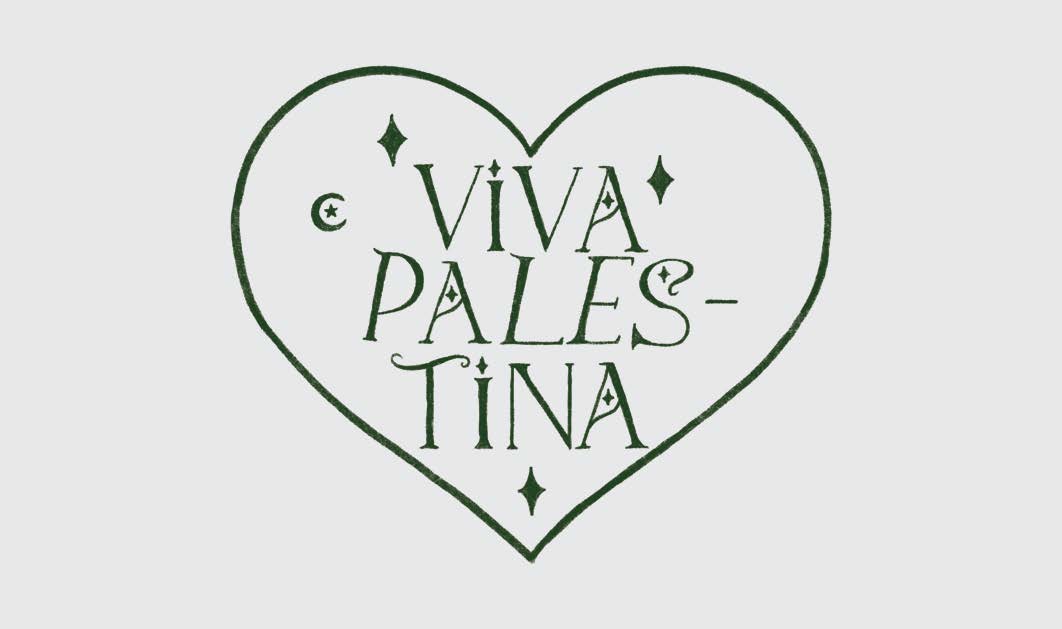
Not only the two movements mentioned by Roovie, but artist Katherine Karnadi has also initiated the Viva Palestina Project. Through this project, Katherine opened donations for the Palestinians by selling various merchandise of her creation. Through the official Instagram account @vivaplstn, Katherine writes, "Viva Palestina is a project to voice the freedom of Palestine, to declare where we stand, and to help the Palestinians that are now suffering from the genocide."
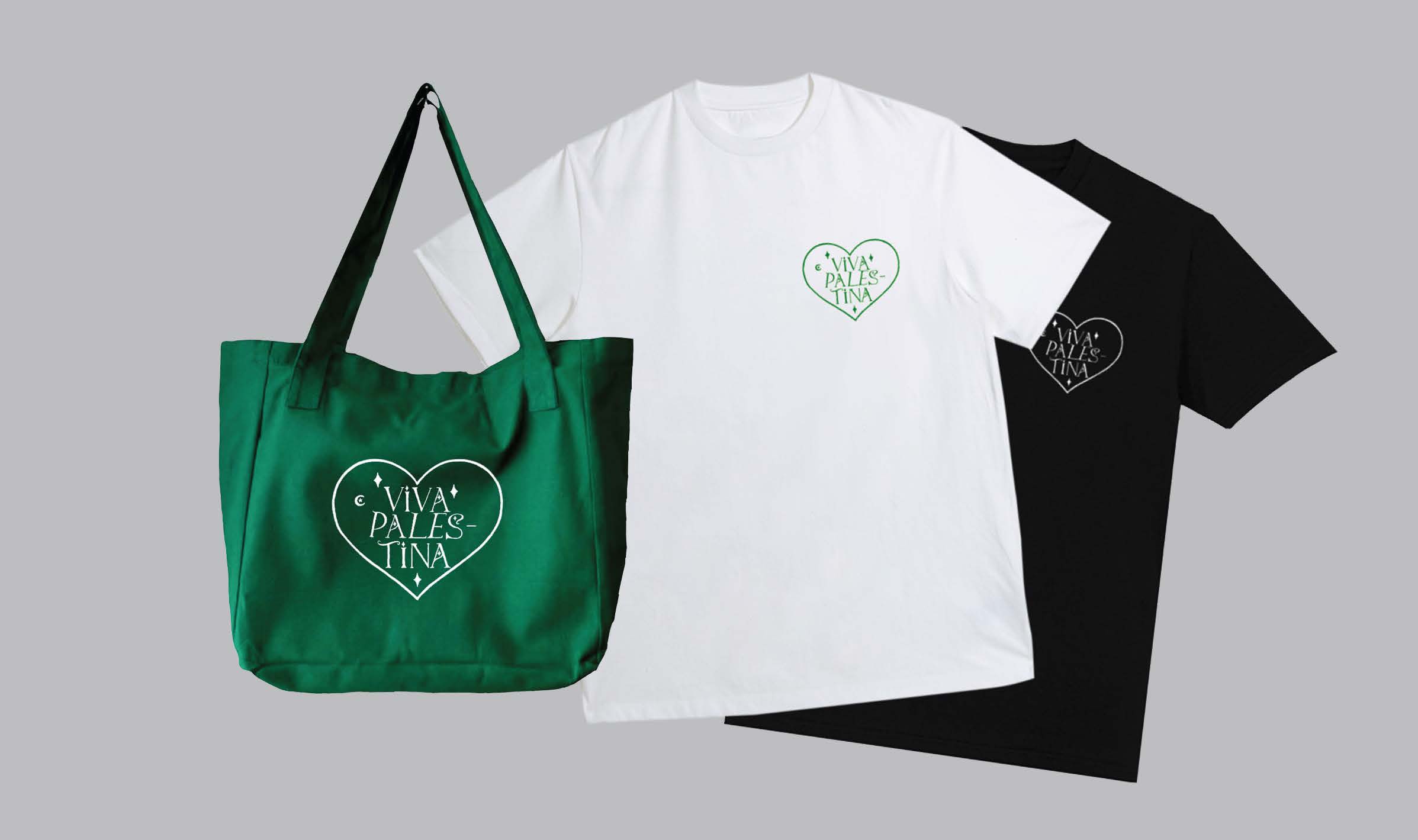
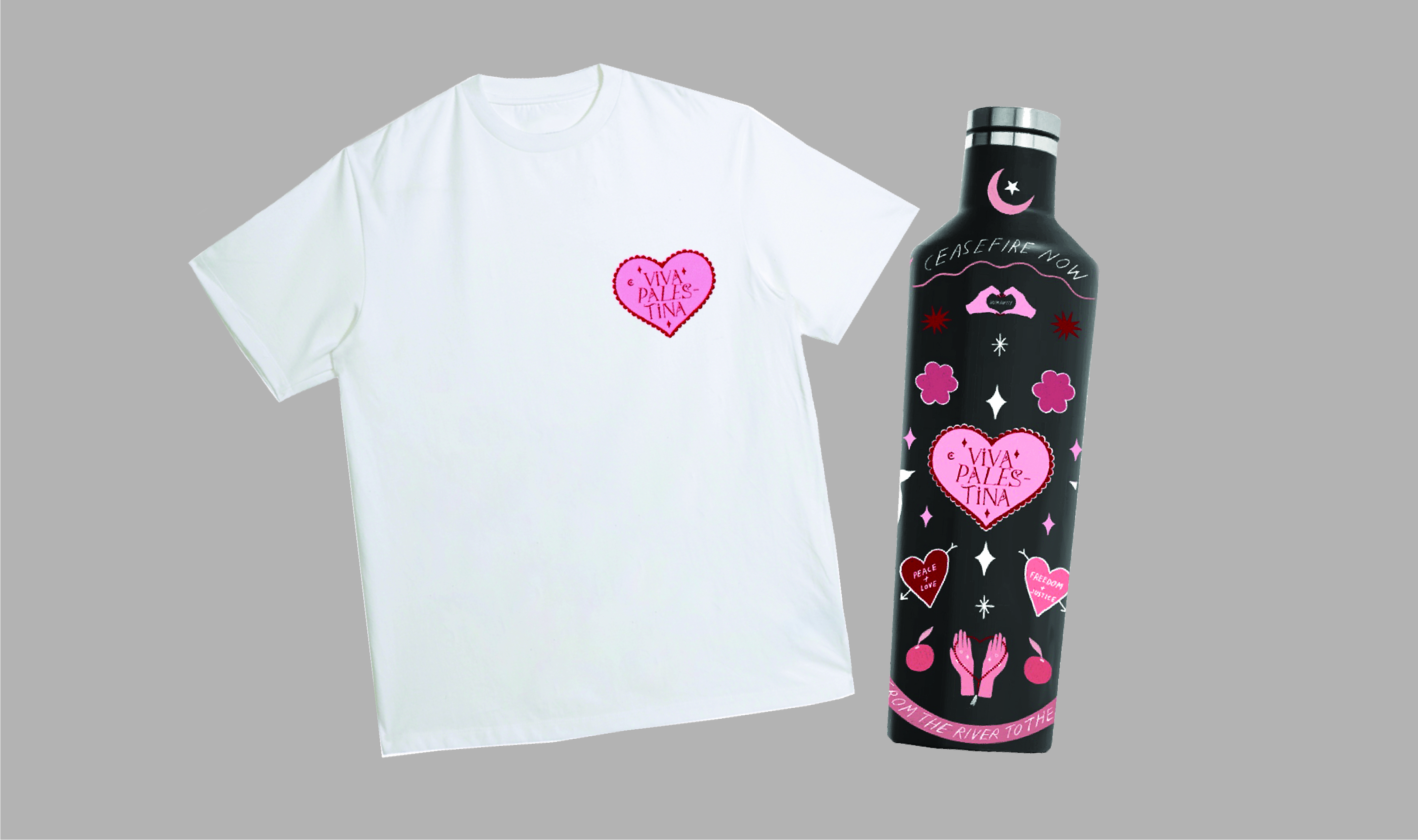
According to the information on the Instagram account, 50 percent of the merchandise sales will be donated to Palestinians in Gaza through BAZNAS (Badan Amil Zakat Nasional), which consistently channels humanitarian aid from the Indonesian community. The emergency assistance to be distributed by BAZNAS includes food, beverages, clothing, hygiene kits, blankets, and clean water. In the first and second batches of merchandise orders, the Viva Palestina Project successfully raised funds amounting to IDR 18,524,000, which have been donated through BAZNAS. The Viva Palestina Project has just opened the third batch of merchandise orders, starting from December 19 to 21.
Humanitarian aid movements initiated by artists are revolutionary and impactful. Simple actions and dialogues from small spaces will continue to multiply and become a contagious resistance movement from one community to another. Roovie states that these movements are evidence that art is born out of humanity and will always stand by it.
"I think it's an excellent effort and a reminder that in every difficulty, artists always side with humanity," expresses Roovie.
However, Roovie emphasizes that it's important to remember that art cannot directly touch the root of the problem in politics. Art acts as a conduit for messages from the people, hoping that they will be seriously and firmly fought for by world leaders. Artists should play a role in urging and pushing for change until the voice of the Palestinian people is no longer buried under ruins and is heard by leaders and policymakers.
